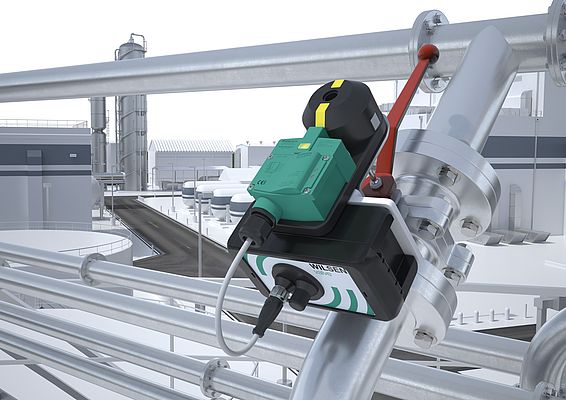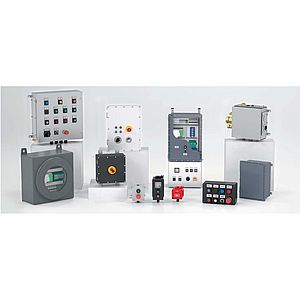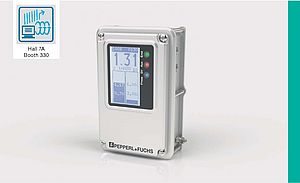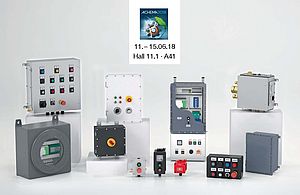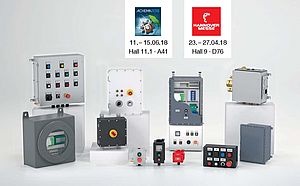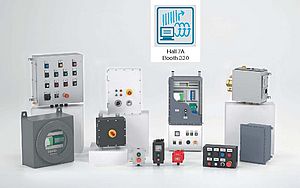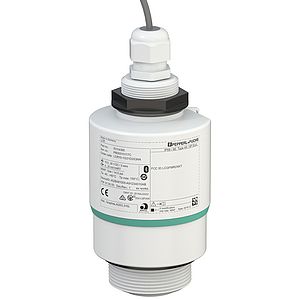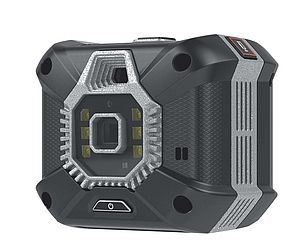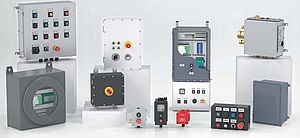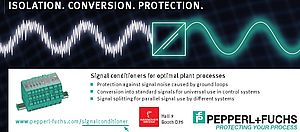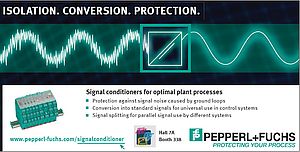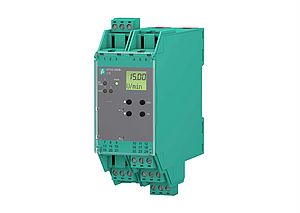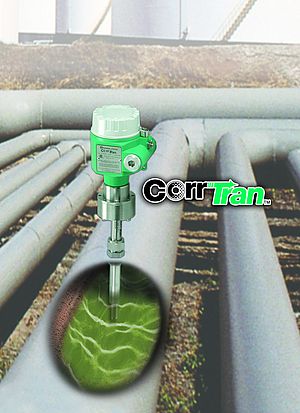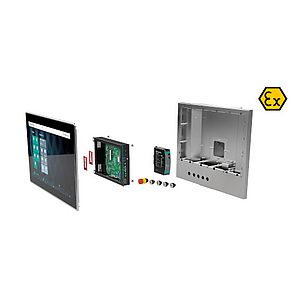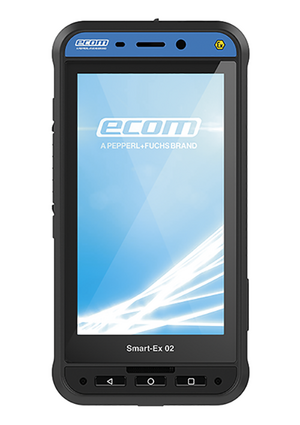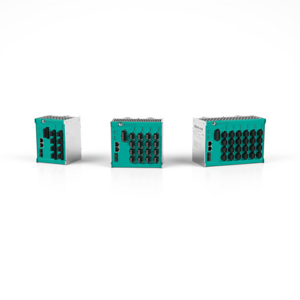The Pepperl+Fuchs WILSEN.valve and WILSEN.node IoT wireless sensor nodes wirelessly transmit data from spatially isolated assets to the network communication system. The battery-operated devices record measurement data, position data, and the status of the connected sensors and wirelessly transmit this information to the IoT system via LoRaWAN, allowing monitoring and associated follow-up actions to be automated with minimal effort.
The central unit of the WILSEN devices contains the LoRaWAN technology needed for the wireless connection, an integrated GPS receiver for position determination, the connections for the sensor units, and much more. Up to two inductive dual sensors for valve position feedback can be connected to the WILSEN.valve. A single device can therefore report the position of up to two 90° manual valves. Various types of 2-wire sensors can be connected to the WILSEN.node. Typical applications for this version include object detection tasks, such as monitoring manhole lids and gates.
10-year battery life
Depending on the type and query frequency of the connected sensors, the battery of the WILSEN devices can last for a useful working period of up to 10 years. The sensors can be easily parameterized on-site using an app and a Bluetooth connection, or remotely via the LoRaWAN downlink channel. Either NAMUR or 2-wire low-power DC sensors of differing technologies can be connected to both versions of the WILSEN devices. Pepperl+Fuchs offers a wide range of these energy-optimized sensors, which guarantee a long battery life when used in combination with the WILSEN box.


